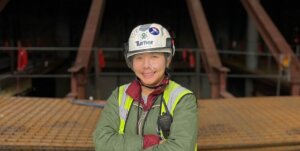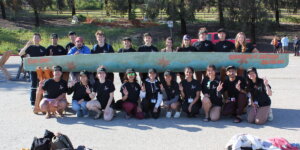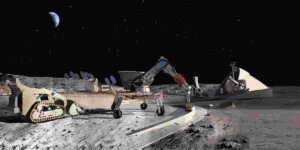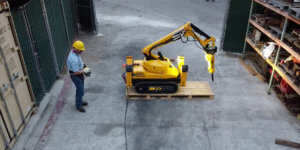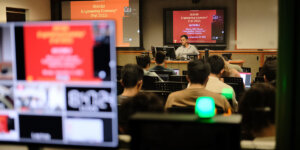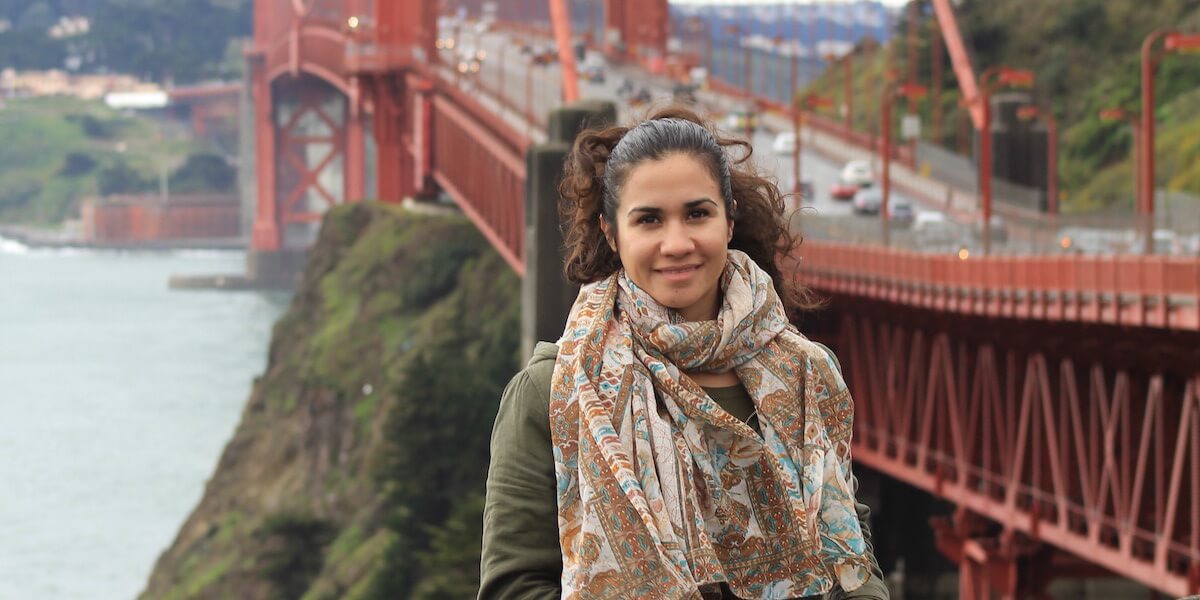
Visiting the Golden Gate Bridge. PHOTO/MARIA LEOS.
Growing up, Maria Herrera Leos’ father didn’t expect his daughter to be an engineer.
“In Mexico, we still struggle with a lot of sexism,” Leos, a Fulbright scholar and USC Viterbi master’s student, said. “My dad told me to take it easy—study something more appropriate ‘for a woman’ and then get married. I took it badly. I’m not here for those purposes only.”
Construction is a vital job in her hometown of Aguacalientes, Leos said. At the same time, earthquakes—which have caused devastation to the homes of her neighbors throughout the years—are a core concern when building.
Said Leos: “I want to do something that helps people and has a societal impact. Some parts of Mexico have a lot of seismic activity, which can cause buildings to be damaged or collapse. People are afraid of sleeping in their houses afterward—even preferring to sleep on the streets. I want to help them feel safe again.”
Concrete Applications to Conceptual Learning
Paying her way through school was not just about tuition costs for Leos; it was about gaining practical, real-world experience. “I started with jobs unrelated to my field, but then I began working with construction companies. I started gaining a lot of knowledge,” Leos said.
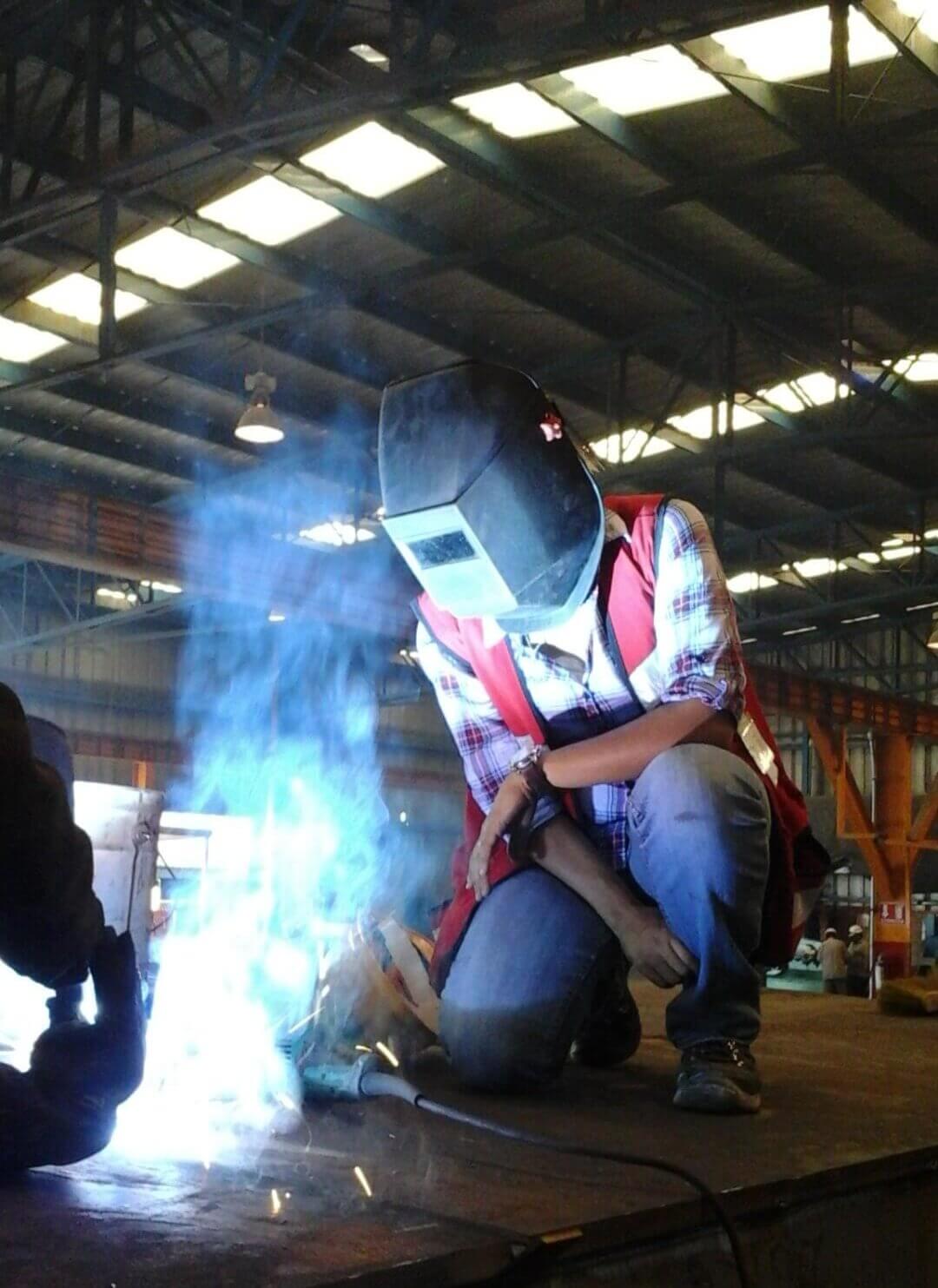
Maria Leos is dedicated to hands-on learning, grounding classroom lessons in real-world applications. PHOTO/MARIA LEOS.
“School teaches you the basic concepts, but a job is the real world. When I began working with my undergraduate professor Daniel Reyna Valdivia, who is also a very well-known engineer, I was mixing theory I learned from school with the knowledge and experience I was learning on the job. Compared to my peers, my questions in class were more focused on elements that were concrete and real.”
Leos said that whenever asked for advice, she always recommends that young academics work a few hours a day or a few hours a week, whatever they can endure, because it provides so much experience and sets up the context for applying concepts you learn in the classroom.
Throughout her work and studies, Leos noted that there is a lot of exchange that occurs between Mexican and American civil engineers. While she notes certain differences, like how in the United States, construction companies build primarily with wood while in Mexico they use concrete, she said that Mexico follows a lot of American regulations, for instance in the use of steel. “In Mexico, they use a lot of examples of American construction and in America, my professors often refer to work that is being done in Mexico. So far, we’re largely applying the same procedures in both countries.”
The Only Woman in the Room
While pursuing her bachelor’s degree in Mexico, Leos said that she was unafraid of being the only female in the classroom. “I noticed that the men at the beginning didn’t take me into account. They figured I would quit. But then I became the leader of the group.”
That experience helped Leos when she arrived at USC. Though she still felt intimidated by those around her—noting this time that it was being the only person in her classroom from Latin America that made her feel different—she increasingly took on more responsibility and often served as a group leader. Hoping to share this experience with more young women, she became a WiSE mentor.
“To be honest, the first semester at USC was pretty hard for me. I didn’t know anyone in Los Angeles and experienced a lot of culture shock.” With an apartment pretty far off campus, no support system and a mounting workload, she felt pretty daunted, she said. “I didn’t make any friends my first semester. I was concentrating just on trying to get my head in one place.”
Connecting with her mentee has been important to Leos, particularly as she remembered her own experiences. “I know what she’s feeling. It’s hard when you have nobody.” She said feeling welcome and supported can make all the difference.
Back in the Real World
As for many students who graduated last semester, the COVID-19 pandemic introduced a level of uncertainty and confusion about the future. Leos plans to graduate this spring, and plans to work for an American company with a focus on forensic engineering.
“For example, if a building collapses, you are able to investigate and see why the building collapsed. You have to collect a lot of data and interview a lot of people to understand the full picture,” Leos said.
In 2017, back in Mexico, Leos served a similar role as a volunteer, checking the safety of different construction sites following a 7.1 magnitude earthquake 320 miles away in Puebla. “We had to determine whether or not the construction was safe or not for people to come back in or if they would have to remodel or enforce a part of it to make it safe again.”
Leos said that she would eagerly return to Mexico afterwards to share her experiences and help encourage others to follow in a similar path. In particular, she wants to educate young scholars about the Fulbright Scholarships available. “In Mexico, people don’t really know about it and I want to encourage people to apply.”
One of her goals, in addition to helping her community and showing them what she is made of, is showing the world what Mexico is made of. “We can improve if we keep helping each other—no matter where we were born or what language we speak,” she said. “Even as an international student, I feel Trojan in my heart.”
Published on November 5th, 2020
Last updated on November 5th, 2020




